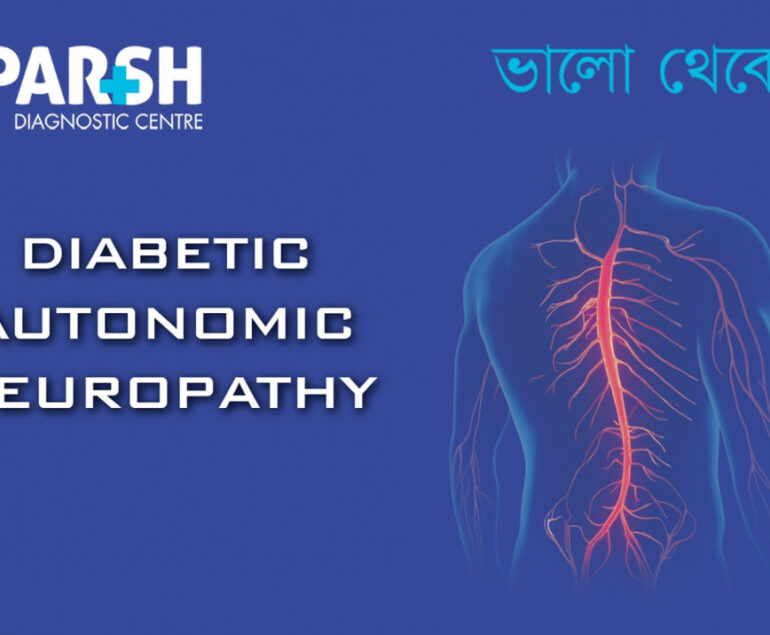Charcot-Marie-Tooth Disease (CMT) is one of the most common inherited neurological disorders, affecting the peripheral nerves — the network that connects the brain and spinal cord to the rest of the body. This condition gradually weakens the muscles, reduces sensation, and can significantly impact mobility.
Named after the three doctors who first described it in 1886 — Jean-Martin Charcot, Pierre Marie, and Howard Henry Tooth — CMT is a progressive disorder, meaning symptoms worsen over time.
This comprehensive guide explains what CMT is, its causes, symptoms, diagnosis, treatment, and lifestyle management strategies.
What is Charcot-Marie-Tooth Disease?
CMT is a hereditary peripheral neuropathy that affects both motor nerves (responsible for muscle control) and sensory nerves (responsible for sensations such as touch, temperature, and pain).
The disease damages the myelin sheath (the protective coating around nerves) or the nerve fibers themselves, slowing or blocking nerve signal transmission.
Types of Charcot-Marie-Tooth Disease
There are several types of CMT, classified by genetic cause and how the nerve is affected:
CMT1 – Damage to the myelin sheath.
CMT2 – Damage to the axons (nerve fibers themselves).
CMT3 – Also known as Dejerine–Sottas disease, a severe form starting in infancy.
CMT4 – Rare, affecting the myelin sheath; often begins in childhood.
CMTX – X-linked form, more severe in males.
Causes of Charcot-Marie-Tooth Disease
CMT is genetic, caused by mutations in specific genes responsible for the structure and function of peripheral nerves. These mutations can be inherited in different patterns:
Autosomal Dominant – One copy of the faulty gene is enough to cause the disease.
Autosomal Recessive – Both copies must be defective.
X-linked – Gene mutation occurs on the X chromosome.
These mutations interfere with nerve signal conduction, leading to muscle weakness, loss of sensation, and coordination problems.
Symptoms of Charcot-Marie-Tooth Disease
CMT symptoms often begin in adolescence or early adulthood but can appear at any age. Symptoms progress gradually and may include:
Motor Symptoms
Weakness in feet, ankles, and legs
High foot arches or flat feet
Difficulty running or walking
Frequent tripping or falls
Hand weakness affecting grip
Sensory Symptoms
Numbness or tingling in hands and feet
Reduced ability to feel temperature and pain
Loss of proprioception (awareness of body position)
Other Possible Signs
Curled toes (hammertoes)

Complications of CMT
If left unmanaged, CMT can cause:
Severe foot deformities
Loss of mobility requiring walking aids or wheelchairs
Muscle atrophy (wasting)
Emotional and psychological impact due to physical limitations
When to See a Doctor
Seek medical evaluation if you notice:
Progressive muscle weakness
Unexplained balance issues
Frequent tripping or ankle sprains
Numbness or tingling in hands and feet
Diagnosis of Charcot-Marie-Tooth Disease
Diagnosing CMT requires a combination of medical history, clinical examination, and specialised tests.
1. Medical History & Physical Exam
Assessing family history of neuropathy
Testing reflexes, muscle strength, and sensation
2. Nerve Conduction Studies (NCS/NCV)
Measures the speed of electrical signals through nerves.
3. Electromyography (EMG)
Evaluates electrical activity in muscles.
4. Genetic Testing
Identifies specific gene mutations causing CMT.
5. Nerve Biopsy
Rarely performed, may confirm nerve damage patterns.
Treatment for Charcot-Marie-Tooth Disease
There is currently no cure for CMT, but treatments can help manage symptoms and improve quality of life.
1. Physical Therapy
Strengthening exercises to maintain muscle tone
Stretching to prevent joint stiffness
Balance and coordination training
2. Occupational Therapy
Teaches adaptive techniques for daily activities
Recommends assistive devices for writing, dressing, and eating
3. Orthopaedic Support
Braces and splints to correct foot drop and improve walking
Custom-made footwear to prevent deformities
4. Pain Management
Medications like gabapentin or pregabalin for nerve pain
Anti-inflammatory drugs for joint discomfort
5. Surgery
Corrects severe foot deformities
Stabilises joints
6. Lifestyle Adjustments
Maintaining a healthy weight to reduce strain on weak muscles
Living with Charcot-Marie-Tooth Disease
CMT is a lifelong condition, but with the right care, most people live full, active lives.
Daily Management Tips
Exercise Regularly: Low-impact activities like swimming or cycling maintain mobility without straining joints.
Foot Care: Inspect feet daily for injuries, as reduced sensation can delay detection.
Fall Prevention: Remove home hazards and use handrails.
Energy Conservation: Balance activity with rest to avoid fatigue.
Emotional Support
Joining CMT support groups can help patients connect with others, share experiences, and cope emotionally.
Psychological counseling may benefit those struggling with anxiety or depression.
Research and Future Outlook
Ongoing research is exploring:
Gene therapy to correct faulty genes
Neuroprotective drugs to prevent nerve degeneration
Stem cell therapy for nerve regeneration
Although a cure is not yet available, advancements in genetics offer hope for more effective treatments in the future.
Prevention of CMT
Since CMT is genetic, it cannot be prevented. However:
Genetic counseling can help families understand their risk.
Prenatal testing is available for known gene mutations.
FAQs on Charcot-Marie-Tooth Disease
Q1: Is CMT fatal?
No, CMT is not typically life-threatening, but it can cause disability and reduced quality of life.
Q2: Can CMT affect life expectancy?
Most people with CMT have a normal lifespan.
Q3: Is CMT the same as muscular dystrophy?
No, CMT is a neuropathy affecting nerves, while muscular dystrophy affects muscle fibers directly.
Q4: Can exercise worsen CMT?
High-impact or strenuous activities may cause injury; low-impact exercise is recommended.
Q5: Can children inherit CMT from one parent?
Yes, in autosomal dominant forms, one affected parent can pass on the condition.
Charcot-Marie-Tooth Disease is a progressive inherited nerve disorder that affects muscle strength, sensation, and mobility. While there is no cure, early diagnosis, physiotherapy, orthopaedic support, and lifestyle modifications can help maintain independence and improve quality of life.
If you suspect symptoms of CMT, seek evaluation from a neurologist for timely diagnosis and management.
#BhaloTheko
Disclaimer:
No content on this site, regardless of date, should ever be used as a substitute for direct medical advice from your doctor or other qualified clinician.

![]()






[…] conditions like Charcot-Marie-Tooth disease (CMT) involve motor nerve […]
[…] Charcot-Marie-Tooth disease […]